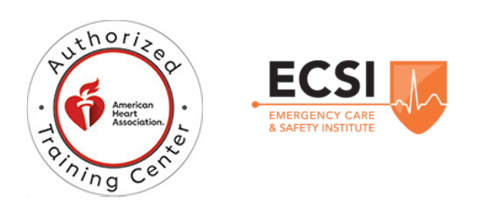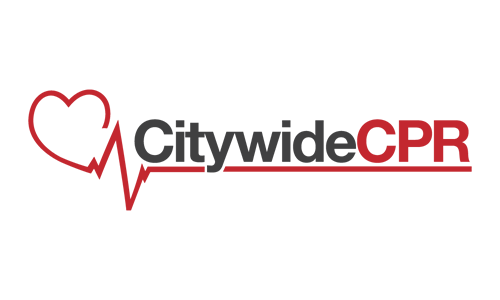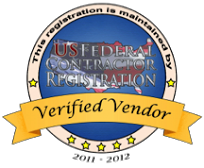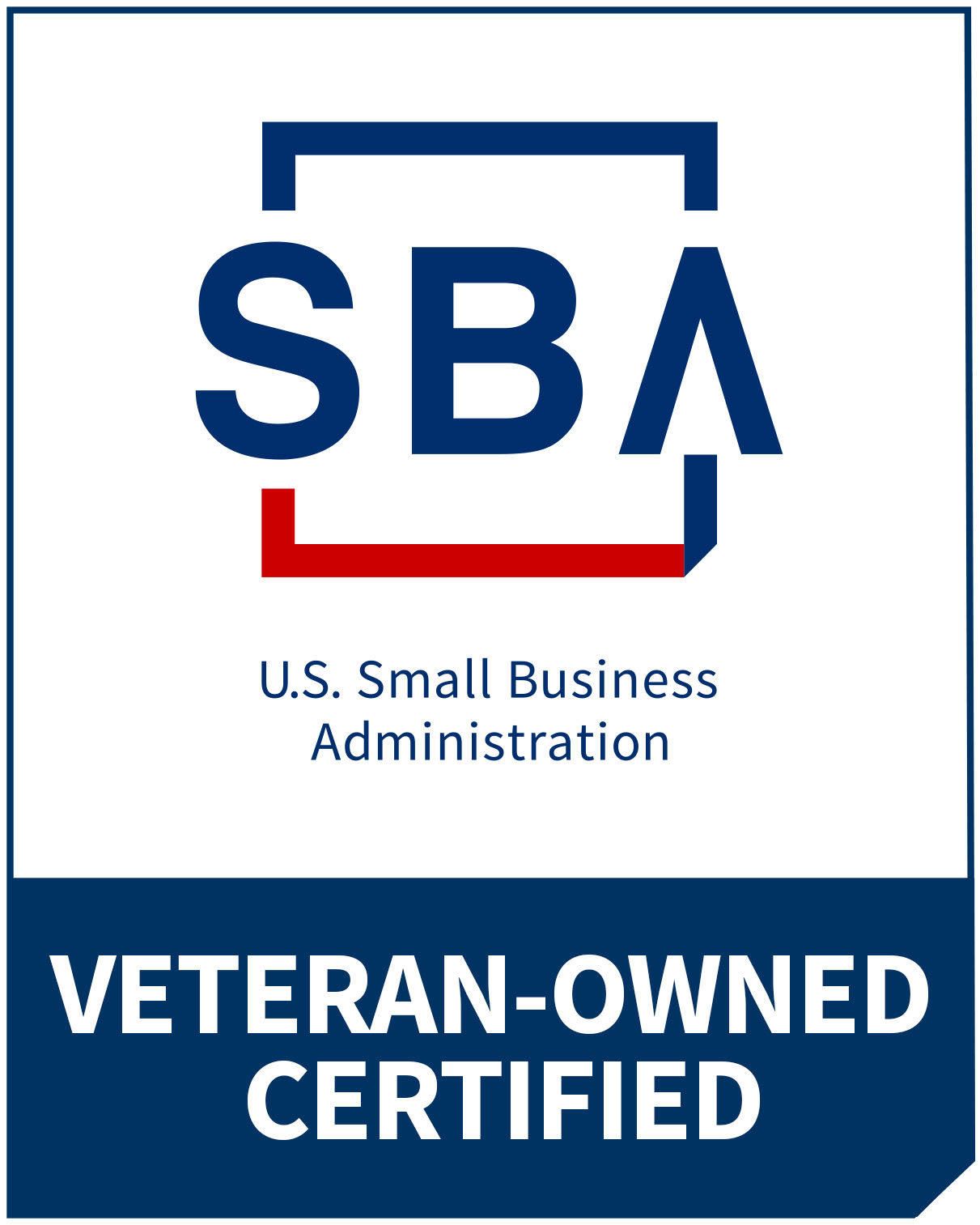Unless you have been living under the rock, you are verily aware that the heart is considered to be one of the major organs of the body. Unfortunately, even though it is considered as a major organ, very few people are actually aware of the different risks that could lead to a heart condition.
Although most believe that switching from a sugar-laden food to the use of artificial sweetener is a healthy way to go, in the case of your heart, this might not be a good move. Recent studies have shown that drinks that claim to contain no calories in them as well as those that make use of artificial sweeteners actually increase the risk of heart problems especially in women.
It could be a combination of a number of other factors but individuals who travel more than 30 miles every day tend to have higher risk for hypertension and heart problems. The same study that puts forth the said findings have also noted a shorter lifespan. One reason for this might be the stress that one has to simultaneously deal with while driving down the road. This is aside from the constant pollution that one has to go through.
Pain medication is another culprit known for increasing the risk for certain conditions. While most people associate pain medications with stomach bleeding, it actually is also notorious for causing blood clot to form when it should not. This, in turn, could lead to stroke as well as heart attack. Aside from this, pain medications have also been known to cause the kidney to retain more water which lead to higher blood pressure. Fortunately, only those that have pre-existing heart conditions are prone to these.
Individuals who suffer from celiac disease might also want to consider keeping away from food made from high-fiber whole grains. Recent studies have shown that the said ingredient actually doubles the risk for heart problems for those with celiac disease. The same can also be said for the vegetable oil as recent studies have shown that replacing saturated fat with vegetable oils actually increase the risk for heart problems. This is opposite to common belief that vegetable oil is the healthier option.
Now, married life for many might seem like a lot of sacrifice. In truth, however, this might actually save you from a number of heart conditions especially if you are 50 and below years of age. Sitting too much, especially if you are being a couch potato, as well as having a low blood pressure are also two of the ways by which you can increase your risk for heart problems. While the former causes clots to form especially if you have been sedentary for long periods of time, the latter causes various organs to suffer from oxygen starvation. Left unattended, this could actually lead to tissue necrosis and, later on, to cardiac arrest.
If you find yourself at a higher risk for heart problem, it would be to your advantage to undergo CPR training as well as to have an AED unit on hand. This would help ensure that the people around you would be able to deal with situations that might arise from your condition.





